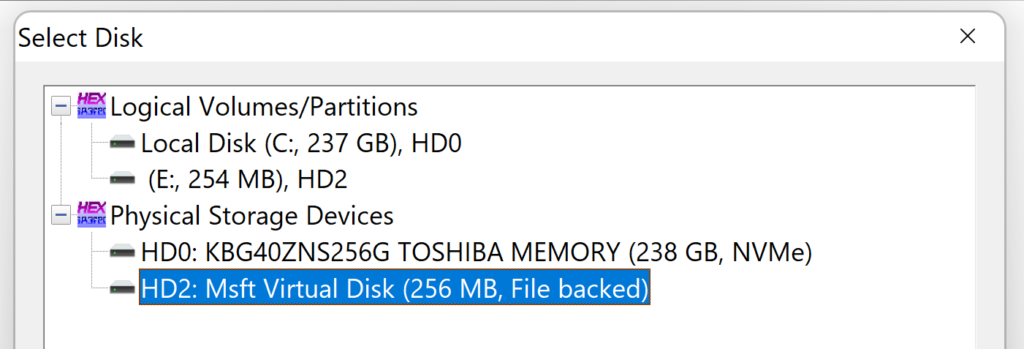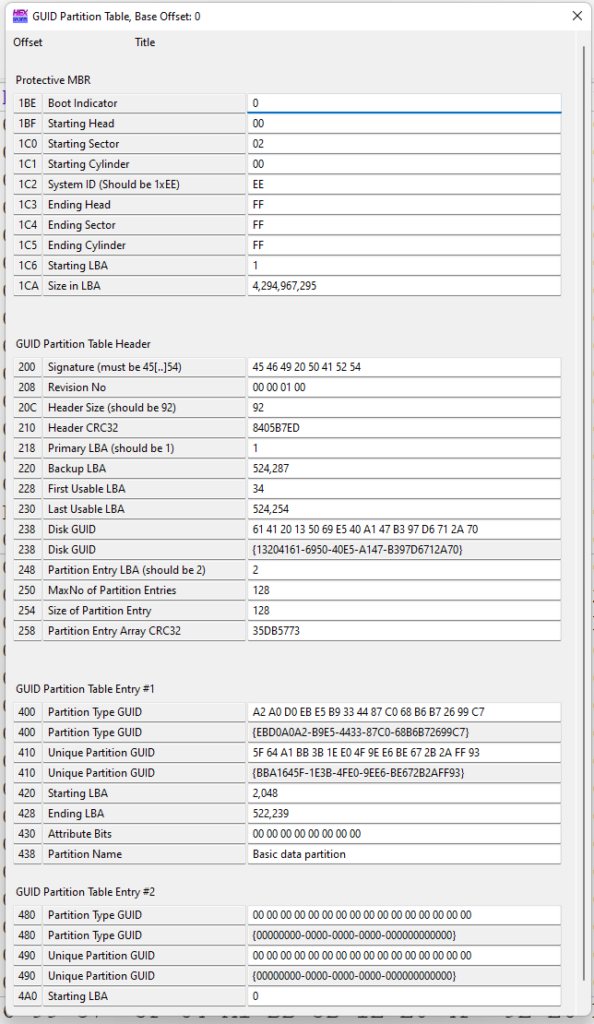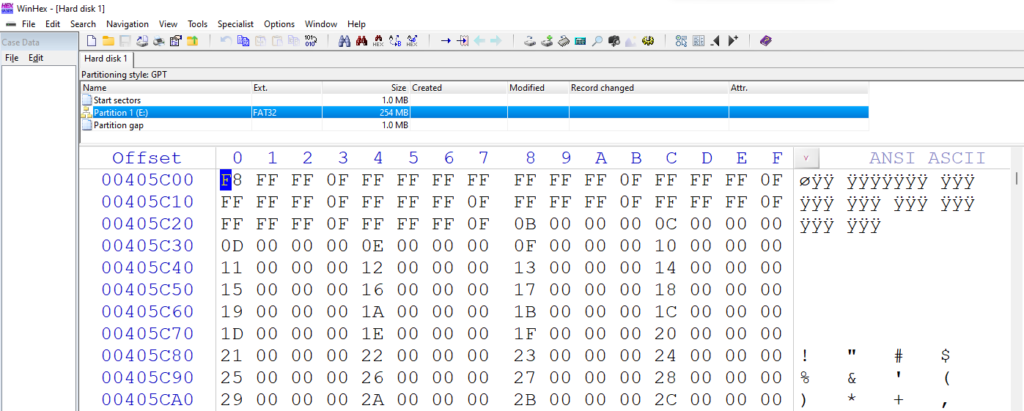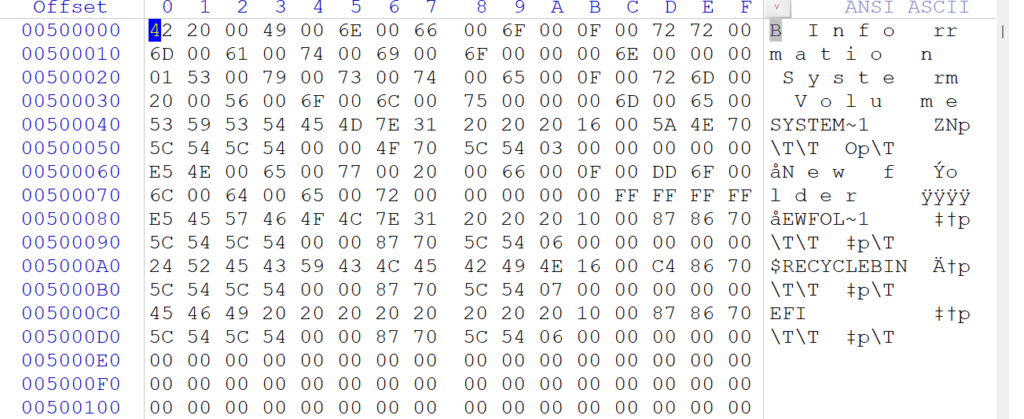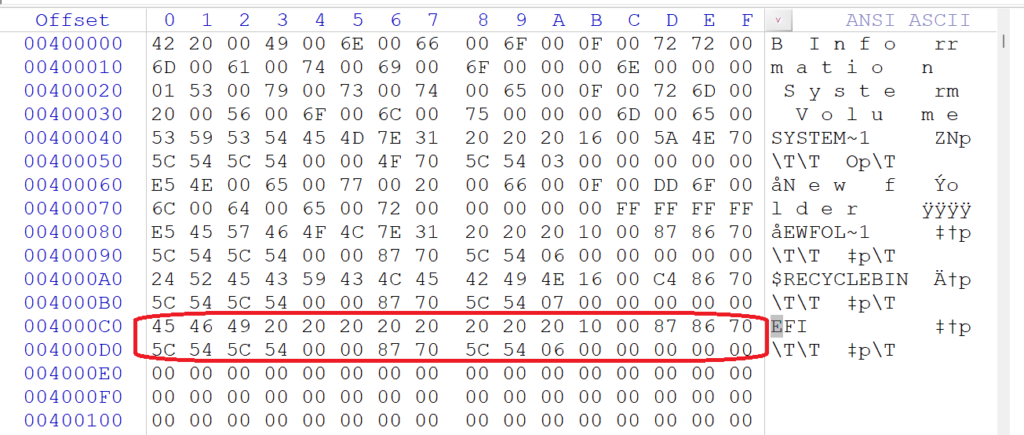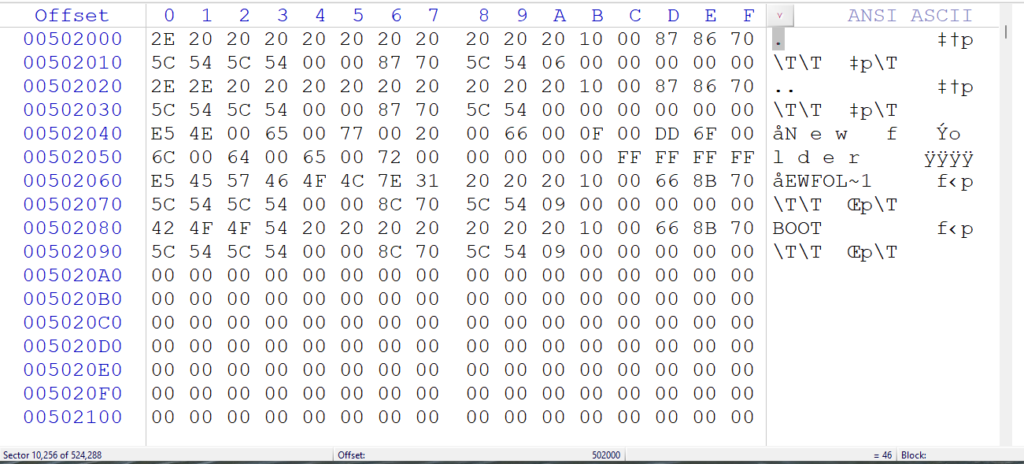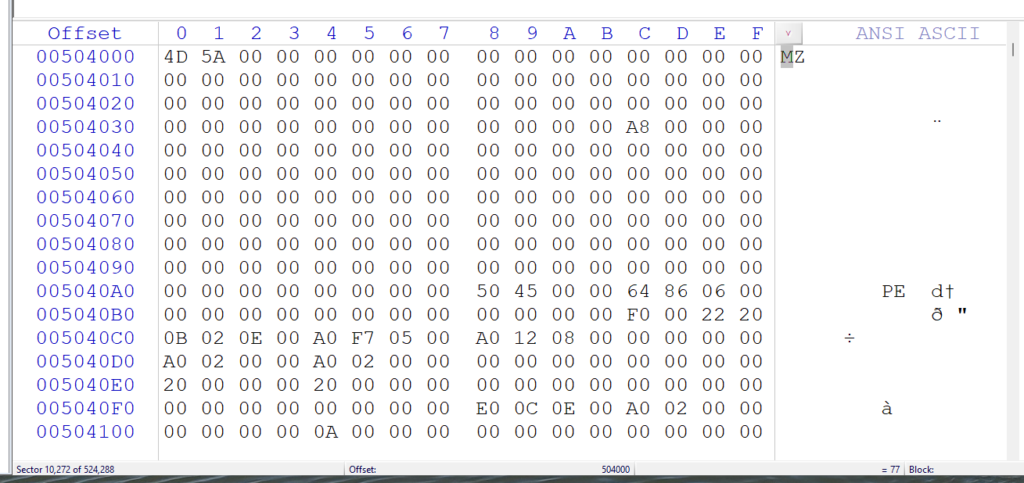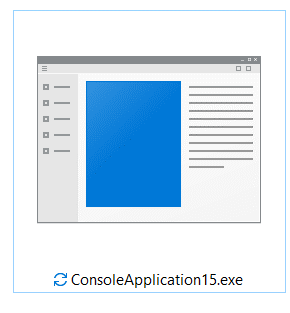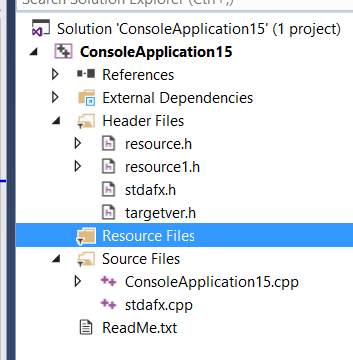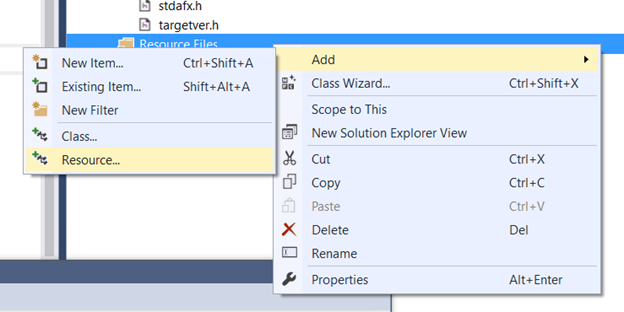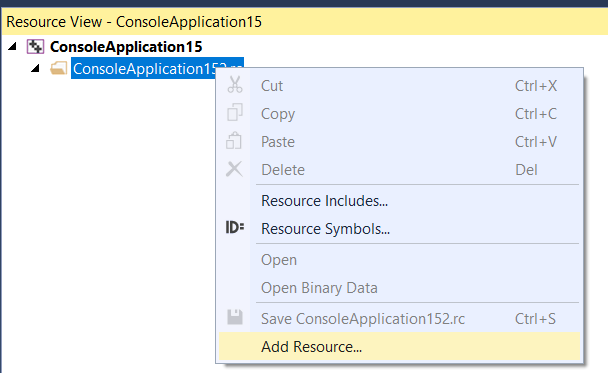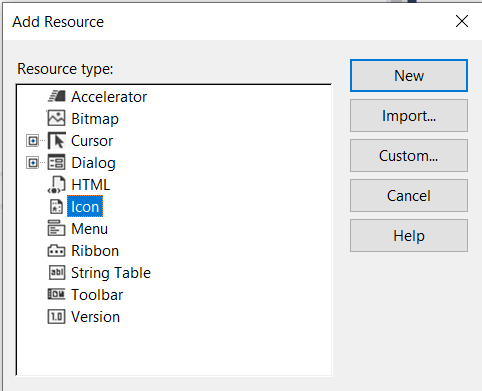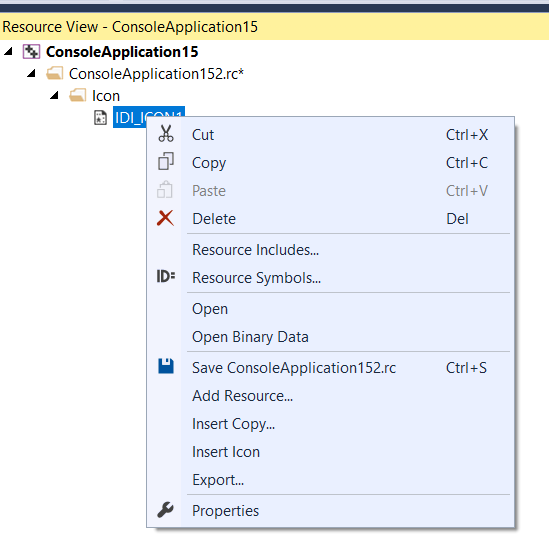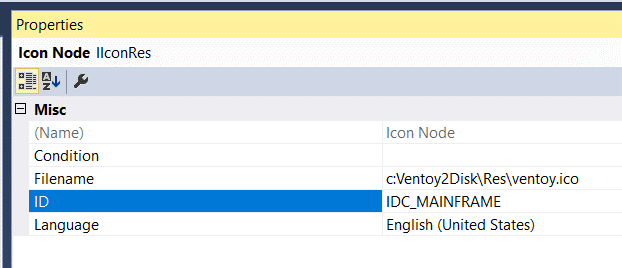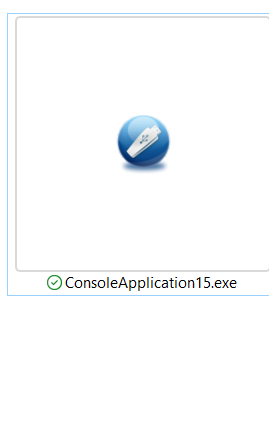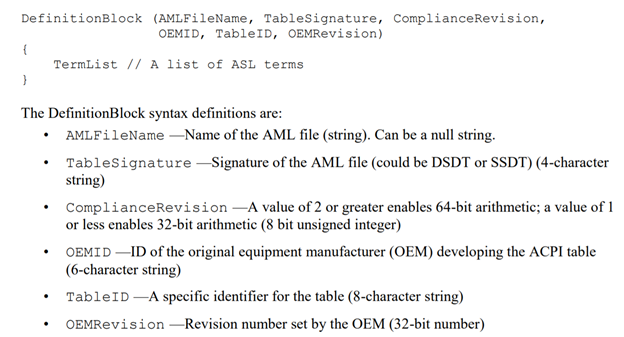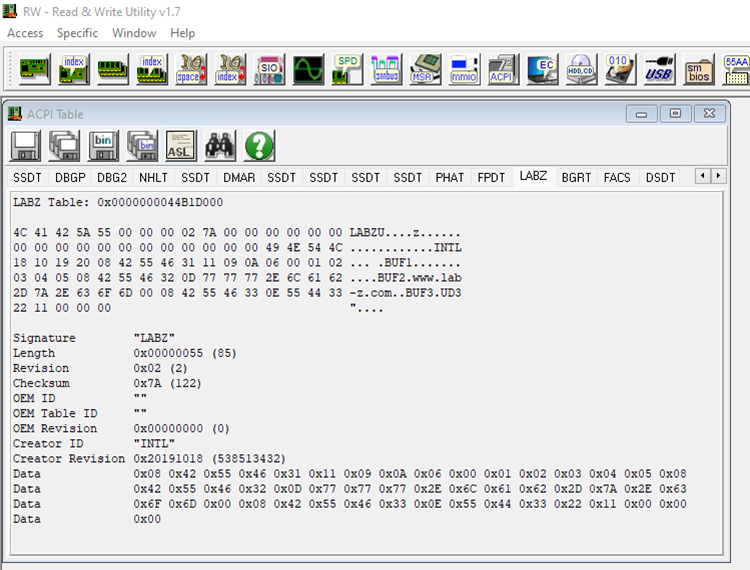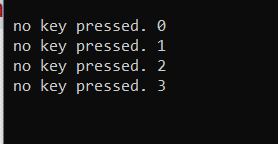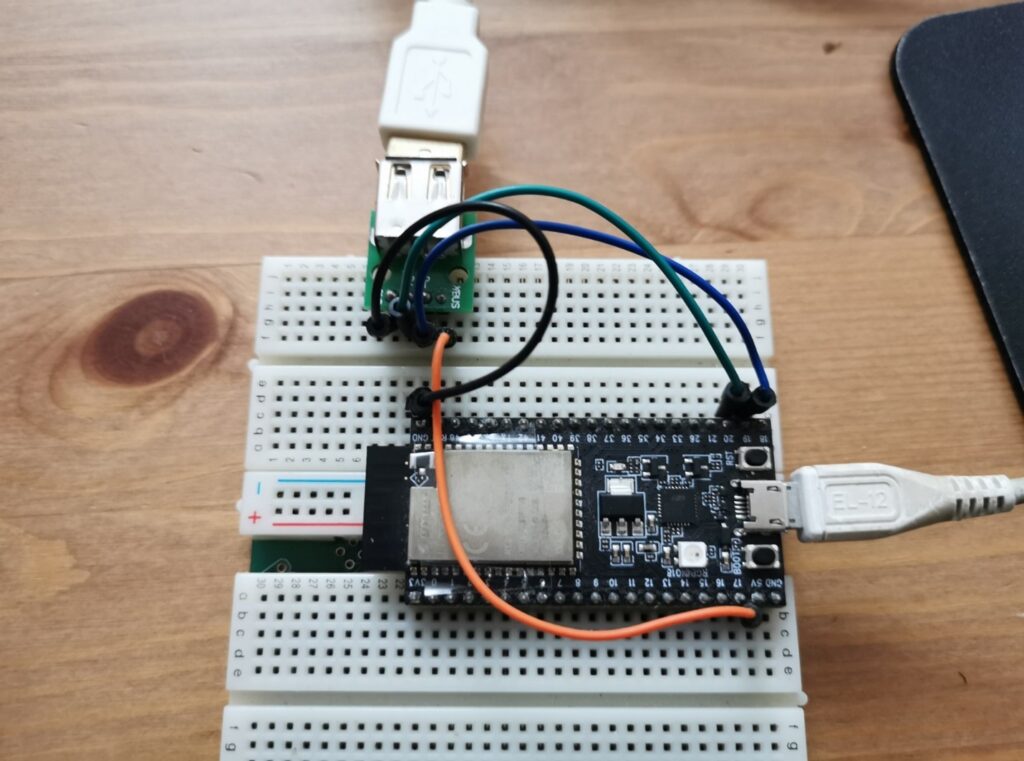Job Title
Firmware/BIOS Quality Engineer
Job Responsibility:
In this position, you will be part of the Firmware Integration and Validation (FIV) Team within SATG responsible for UEFI Firmware/BIOS quality assurance on Intel server platforms. Behavioral traits for this position include: validation infrastructure and test case development, in-depth bug investigation and fix, good communication and problem solving skills, multi-tasking, self-motivation and the ability to collaborate with internal/external stakeholders.
The candidate’s responsibilities will include but not limit to:
- Design and develop framework and utility for IP/module level validation according to module specifications, such as PRD, HAS etc;
- Be responsible for test case development according to product requirement for server BIOS;
- Be responsible for the test execution on Intel server platform for BIOS and platform FW test;
- Work with team members to investigate test failures using variety of debug tools to perform evaluation of the issue and identify the failure to component or code level;
- Be responsible for developing and sustaining the automation test framework, test scripts and utilities; deploy and maintain automation test cases, analyze test reports and logs.
Qualifications:
The candidate should possess a Master or a Bachelor degree in computer science, Computer Engineering or a related field, with at least 5 years industrial experience on BIOS development or testing. Additional qualifications include:
- Solid knowledge of BIOS and UEFI Firmware;
- Deep understanding of server architecture of both HW and SW;
- Deep understanding of industry specification such as UEFI/ACPI/SMBIOS/TPM/etc;
- Software development skills with different programming languages include but not limited to: C/C++/C#, Python, Windows Batch Script, JavaScript, etc;
- Solid experience of software testing process and methodologies;
- Skilled in BIOS test case development and issue debugging;
- Good English communication skill in reading and writing, good speaking capability;
- Knowledge of Linux Kernel or device driver development is a plus.
有兴趣的朋友可以直接联系:jinghua.xu@intel.com



